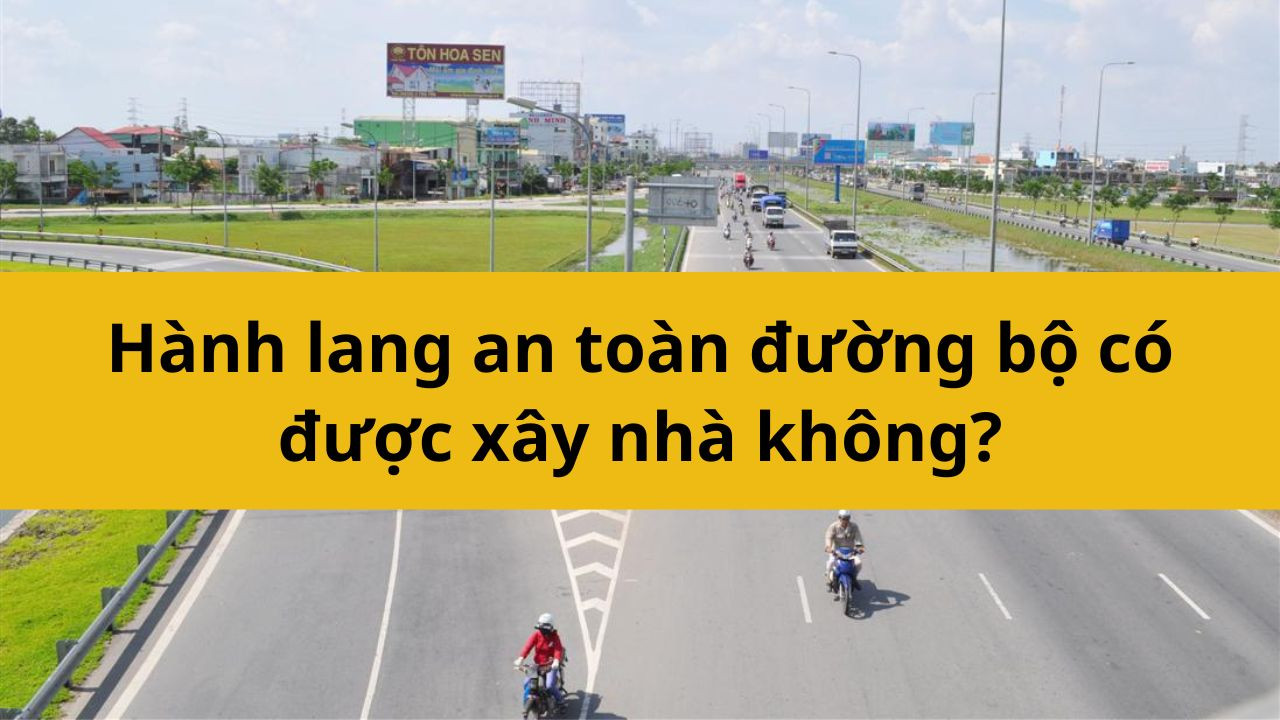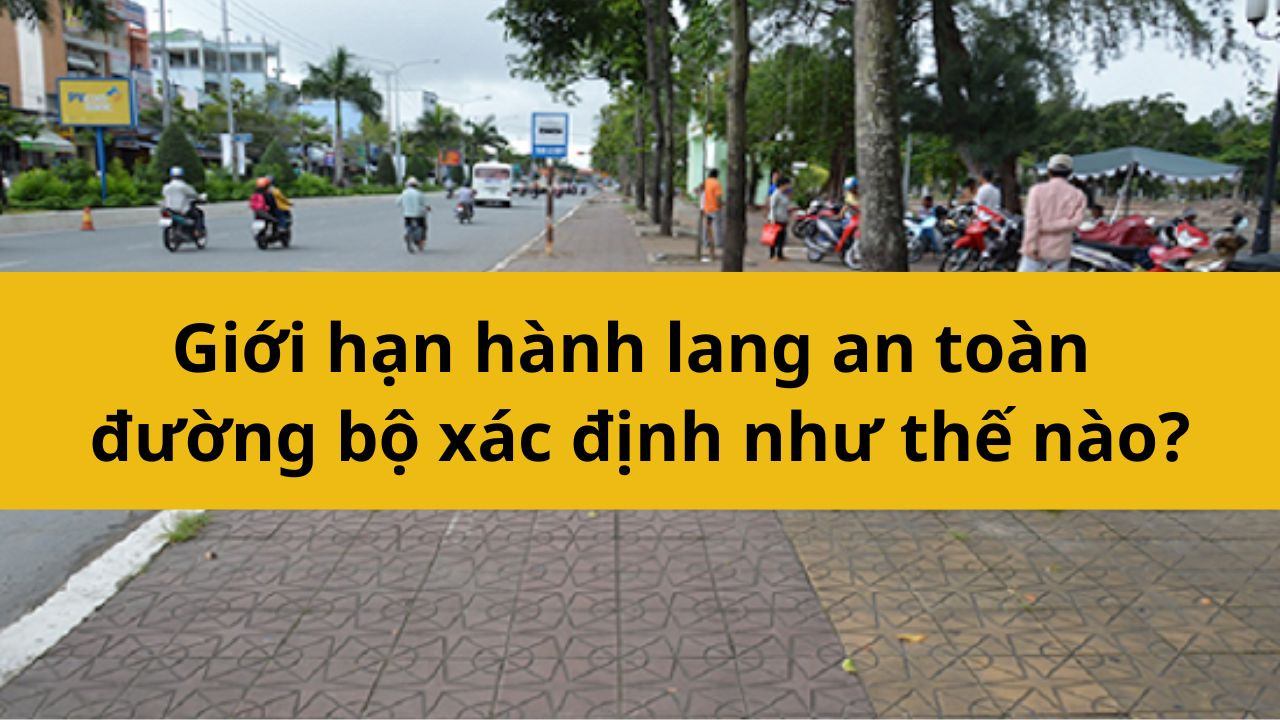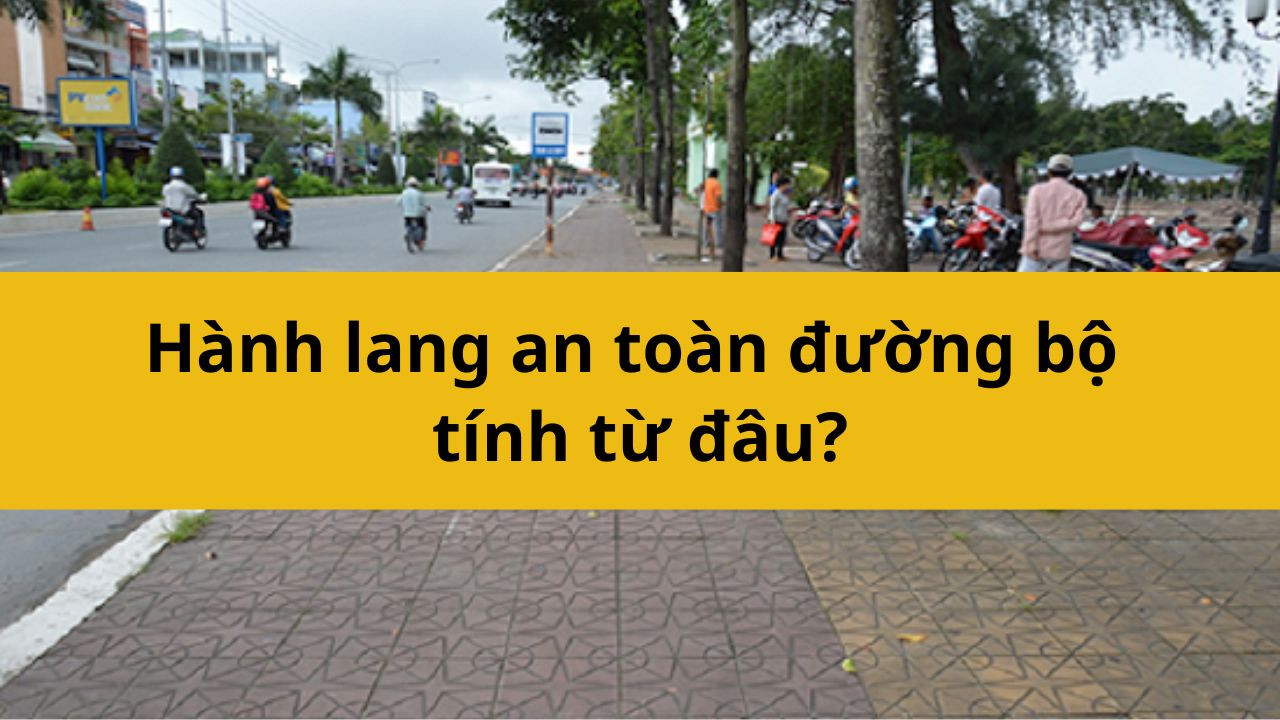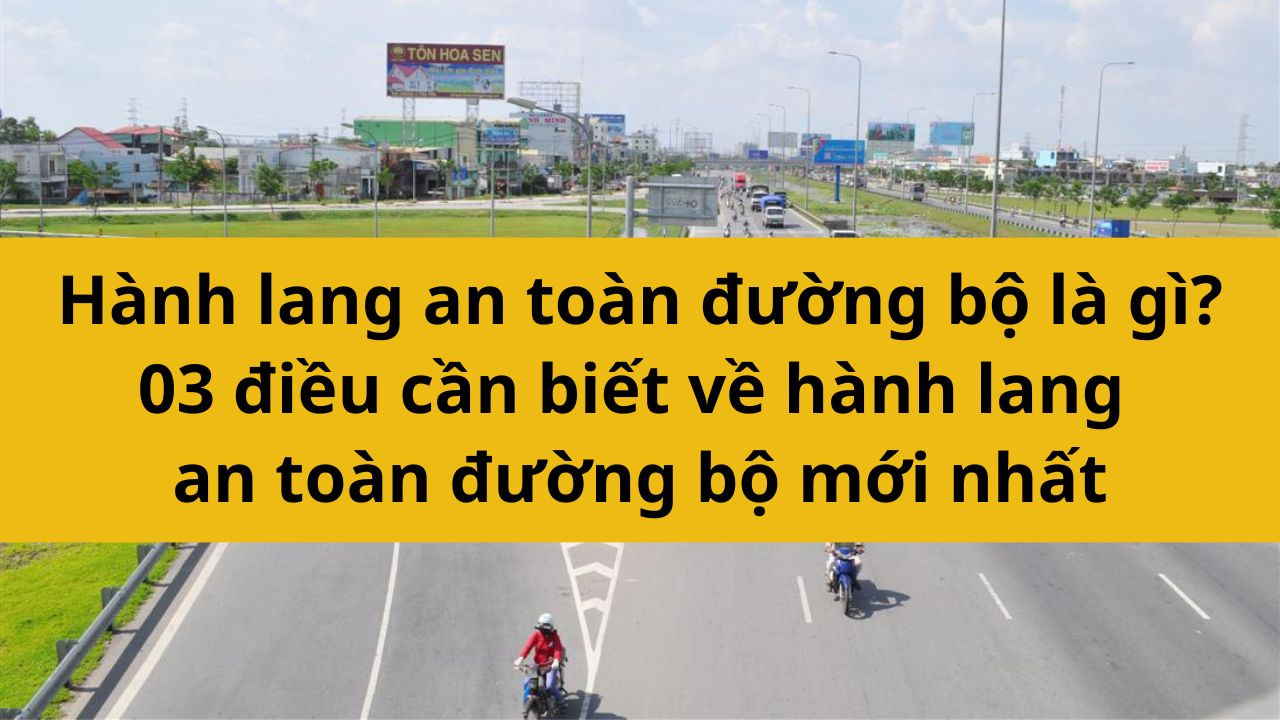 Tìm kiếm
Tìm kiếm
Nghị định 100/2013/NĐ-CP sửa đổi Nghị định 11/2010/NĐ-CP quy định về quản lý và bảo vệ kết cấu hạ tầng giao thông đường bộ
| Số hiệu: | 100/2013/NĐ-CP | Loại văn bản: | Nghị định |
| Nơi ban hành: | Chính phủ | Người ký: | Nguyễn Tấn Dũng |
| Ngày ban hành: | 03/09/2013 | Ngày hiệu lực: | 20/10/2013 |
| Ngày công báo: | 14/09/2013 | Số công báo: | Từ số 567 đến số 568 |
| Lĩnh vực: | Giao thông - Vận tải, Xây dựng - Đô thị | Tình trạng: | Còn hiệu lực |
TÓM TẮT VĂN BẢN
Điều kiện kinh doanh trông giữ xe ở vỉa hè
Chính Phủ vừa ban hành Nghị định 100/2013/NĐ-CP, cho phép sử dụng tạm thời một phần lòng đường, hè phố (gọi tắt là vỉa hè) để trông, giữ xe có thu phí.
Theo đó, vị trí kinh doanh trông, giữ xe phải đáp ứng đủ 3 điều kiện sau:
- Không thuộc tuyến quốc lộ đi qua đô thị;
- Phần lòng đường còn lại dành cho các loại phương tiện có bề rộng đủ cho 2 làn xe cơ giới và 1 làn xe thô sơ cho một chiều đi;
- Phần hè phố còn lại cho người đi bộ có bề rộng tối thiểu 1,5 m.
Điều kiện này được áp dụng từ ngày 20/10/2013.
Trường hợp đã được cấp phép sử dụng tạm thời vỉa hè nhưng đến ngày 20/10 mà không đáp ứng đủ điều kiện thì được tiếp tục kinh doanh tối đa 30 ngày, sau đó phải hoàn trả đúng hiện trạng ban đầu của vỉa hè
Văn bản tiếng việt
Văn bản tiếng anh
|
THE GOVERNMENT |
SOCIALIST REPUBLIC OF VIET NAM |
|
No. 100/2013/ND-CP |
Hanoi, September 03, 2013 |
DECREE
AMENDING AND SUPPLEMENTING A NUMBER OF ARTICLES OF THE GOVERNMENT DECREE NO. 11/2010/ND-CP DATED FEBRUARY 24, 2010, PRESCRIBING THE MANAGEMENT AND PROTECTION OF ROAD INFRASTRUCTURE FACILITIES
Pursuant to the December 25, 2001 Law on Organization of the Government;
Pursuant to the November 13, 2008 Law on Road Traffic;
At the proposal of the Minister of Transport,
The Government promulgates the Decree amending and supplementing a number of articles of the Government’s Decree No. 11/2010/ND-CP dated February 24, 2010, prescribing the management and protection of road infrastructure facilities,
Article 1. To amend and supplement a number of articles of the Government’s Decree No. 11/2010/ND-CP dated February 24, 2010, prescribing the management and protection of road infrastructure facilities
1. Clause 3 and Clause 4 of Article 14 are amended and supplemented as follows:
“3. For road works under new construction, upgrading or renovation, investors shall determine boundaries of land areas reserved for roads and carry out procedures as follows:
For land areas of roads, requesting competent authorities to recover these land areas and pay compensations for current users under the land law.
For land areas of roads’ safety corridors: investors shall carry out setting up landmarks for handing over to locality and road management agency for management in accordance with provisions applicable to corridors of road which are in operation. In case where works and other assets laid in the roads’ safety corridors affect directly to traffic safety, safety of road facilities, the investors shall carry out determining the level of influence, coordinate with the local land administration agencies to make procedures requesting competent agency for compensation, damage support due to limitation of land use ability, damages of assets attached to land under the land law.
4. For road works currently in use, road administration agencies shall assume the prime responsibility for, and coordinate with local land administration agencies in determining boundaries of land areas reserved for roads, safety corridors of roads and working out plans to perform the following jobs:
a) To review, determine boundaries of land areas reserved for roads; do procedures requesting the competent agencies for land recovery, implement compensation, support under the land law;
b) To review, determine boundaries of land areas reserved for the safety corridors of roads; carry out setting up landmarks for handing over to locality and road management agency for management under the master plans; do procedures requesting the competent agencies for compensation, damage support due to limitation of land use ability, damages of assets attached to land under the land law.”.
2. Article 15 is amended as follows:
“Article 15. Road safety corridor limits
The road safety corridor means land strips along both sides of road land used for assuring traffic safety and protecting road works. Road safety corridor limits are determined under the master plan approved by competent authorities and prescribed as follows:
1. For roads outside urban centers: Depending on their planned technical grades, the width of a road safety corridor measuring from the road land to both sides is:
a) 17 meters for grade-I and grade-II roads;
b) 13meters for grade-III roads;
c) 09 meters for grade-IV and grade-V roads;
d) 04 meters for under grade-V roads;
2. For urban roads, limitation of road safety corridor shall be the red boundaries under the planning approved by competent authorities.
3. For expressways outside urban areas:
a) 17 meters, measured from land area of road to both sides;
b) 20 meters, measured from the outer edge of outermost structure to each side for dry bridges and trenches;
c) In case expressway with road at its side, based on technical level of road at its side to determine the safety corridor according to Clause 1 of this Article but not less than the limitation of safety corridors defined in point a, point b Clause 1 of this Article.
4. For expressways inside urban areas:
a) Not less than 10 meters, measured from the outer edge of outermost structure to each side for trenches and dry bridges;
b) Being the red boundaries under the planning approved by competent authorities for trenches and dry bridges with road at sides and expressways with roads at sides.
c) From the outer edge of road to the red boundaries, but not less than 10 meters for expressways without roads at sides.
5. For roads with safety corridors overlapping those of railways, the safety corridors of such roads and railways shall be demarcated on the principle that railway safety corridors will be prioritized, provided that they must not overlap road works.
In case a road and a railway are adjacent and share a longitudinal trench, the boundary between their safety corridors is the bottom edge of the trench on the higher roadside. If the heights of the two corridors are equal, the boundary between the safety corridors is the bottom edge of the trench on the railway side.
6. For roads with safety corridors overlapping protection corridors of inland waterways, the boundary of these corridors is the edge of the natural bank.
7. The handling of expressway safety corridors which have been determined before the effective day of this Decree:
a) In case where a project has been approved by competent authorities, and finished or in stage of compensation, support for ground clearance, the scope of safety corridor will be keep intact according to the approved scope.
b) In case where a project has been approved by competent authorities, but has not yet performed compensation, support for ground clearance, the investor of project must re-approve or submit to competent authorities for re-approval of the scope of safety corridor in accordance with this Decree.”.
3. Point b Clause 2 Article 16 is amended and supplemented as follows:
“b) In the direction of the width of the bridge, for bridge sections over land, including those over infrequently submerged land areas, and bridges crossing rivers, canals, ditches without activities of waterway transport, the corridor width measuring from the outer edge of the road land outward each side is 7 meters; for bridge abutment, measuring as urban road corridor; for other bridge sections comply with provisions of Point b, Clause 1 of this Article.”
4. To supplement Article 25a, Article 25b, Article 25c and Article 25d afterward Article 25 as follows:
"Article 25a. Temporarily using a part of pavement not for traffic purpose
1. The temporary use of a part of pavement not for traffic purpose is not permitted to cause the order loss, unsafe traffic.
2. Pavements may be permitted to use temporarily not for traffic purpose in the following cases:
a) To propagate guidelines, policies of the Party and law of State. Duration of temporarily using pavements does not exceed 30 days; in case it is more than 30 days, it must be approved by the Ministry of Transport (for national roads) or the provincial People’s Committees (for system of local roads);
b) To organize funerals, and yard for keeping vehicles and parking in serve of funerals of households; duration of temporarily using pavement does not exceed 48 hours, in special case, it does not exceed 72 hours;
c) To organize weddings and yard for keeping vehicles and parking in serve of weddings of households; duration of temporarily using pavement does not exceed 48 hours;
d) Yard for keeping vehicles and parking in serve of cultural or sport activities, parades, festivals; duration of temporarily using pavement does not exceed duration of organizing those cultural activities;
e) Yard for transshipment of construction materials and waste in serve of works construction of households; duration of use will be from 22: PM of previous day to 6: AM of the next day.
3. Position of pavement which is permitted to use temporarily not for traffic purpose must satisfies fully the following conditions:
a) The minimum width of remaining section for pedestrian reaches 1.5 meters;
b) The pavement has load bearing structure conforming to case permitted for temporary use.
4. For cases of using pavement defined in point b, point c, Clause 2 of this Article, households must notify the communal People's Committees in localities before using temporarily a part of pavement. For cases prescribed in points a, d, e Clause 2 of this Article, the provincial People's Committees shall provide for administrative procedures relating to permission of using temporarily pavement.
Article 25b. Temporarily using a part of road bed not for traffic purpose
1. The temporary use of a part of road bed not for traffic purpose is not permitted to cause the order loss, unsafe traffic.
2. Road bed may be permitted to use temporarily not for traffic purpose in the following cases:
a) Yard for keeping cars and parking in serve of cultural or sport activities, parades, festivals ; duration of temporarily using pavement does not exceed duration of organizing those cultural activities;
b) Yard for transshipment of daily-life waste by enterprises of urban environment sanitation; duration of use will be from 22: PM of previous day to 6: AM of the next day.
3. Position of road bed which is permitted to use temporarily not for traffic purpose must satisfies fully the following conditions:
a) Not belong to national roads passing urban areas;
b) The minimum width of remaining road bed to serve for types of vehicles must full for driving on 02 one-way lanes;
c) The road bed has load bearing structure conforming to case permitted for temporary use.
4. The provincial People's Committees shall provide for administrative procedures relating to permission of using temporarily road bed defined in this Article.
Article 25c. Temporarily using a part of pavement, road bed for keeping vehicle and parking
1. The temporary use of a part of road bed, pavement for keeping vehicle with charge collection is not permitted to cause the order loss, unsafe traffic.
2. Position of road bed, pavement permitted to use temporarily must has load bearing structure conforming to case of being permitted for temporary use and must satisfy the following conditions:
a) Not belong to national roads passing urban areas;
b) The minimum width of remaining road bed to serve for types of vehicles must full for 02 motor-vehicle lanes and 01 lane for rudimentary vehicles with one-way;
c) The minimum width of remaining pavement for pedestrian reaches 1.5 meters;
3. To assign the provincial People’s Committees in elaborating, approving, and organizing the planning on temporary use of pavements, road beds through 2023; providing for administrative procedures relating to permission of temporarily using pavements, road beds defined in this Article.
4. To assign the Ministry of Transport in assuming the prime responsibility for, and coordinating with the Ministry of Finance to guide temporary management and use of a part of pavement, road bed for keeping vehicles, parking, charge collection, and remittance to state budget.
Article 25d. The handling of cases which have been licensed for temporary use of a part of pavement, road bed
1. If they satisfy provision in Clause 2, Clause 3 Article 25a, Clause 2, Clause 3 Article 25b and Clause 2 Article 25c of this Decree, they are permitted to continue using, when ending the duration of the permitted use, they must re-do procedures for license.
2. If they fail to satisfy provision in Clause 2, Clause 3 Article 25a, Clause 2, Clause 3 Article 25b and Clause 2 Article 25c of this Decree, they are permitted to continue using not more than 30 days, from the effective day of this Decree, then they must return the initial situation of road bed and pavement for assurance of order and traffic safety.
Article 2. Provisions of implementation
1. This Decree takes effect on October 20, 2013.
2. Ministers, Heads of ministerial-level agencies, Heads of Governmental agencies, chairpersons of the provincial People’s Committees shall implement this Decree.
|
|
ON BEHALF OF THE GOVERNMENT |
Văn bản liên quan
Cập nhật
Bài viết liên quan
Hành lang an toàn đường bộ có được xây nhà không?

Hành lang an toàn đường bộ có được xây nhà không?
Hành lang an toàn đường bộ là khu vực được quy định nhằm bảo vệ hạ tầng giao thông và đảm bảo an toàn cho người tham gia giao thông. Tuy nhiên, việc sử dụng khu vực này, đặc biệt là xây dựng nhà ở, thường gây ra nhiều thắc mắc. Đây là vấn đề liên quan mật thiết đến pháp luật về đất đai và giao thông đường bộ, đồng thời ảnh hưởng trực tiếp đến quyền lợi và trách nhiệm của người dân sống gần các tuyến đường. Bài viết này sẽ giúp bạn hiểu rõ hơn về các quy định pháp lý liên quan và trả lời câu hỏi. "Liệu có được phép xây nhà trong hành lang an toàn đường bộ hay không?" 31/12/2024Giới hạn hành lang an toàn đường bộ được xác định như thế nào?

Giới hạn hành lang an toàn đường bộ được xác định như thế nào?
Hành lang an toàn đường bộ là khu vực không thể thiếu để bảo vệ tính mạng, tài sản và hạ tầng giao thông. Giới hạn của hành lang này được quy định rõ ràng trong pháp luật nhằm đảm bảo an toàn cho người tham gia giao thông và duy trì trật tự, hiệu quả trong việc sử dụng đất dọc các tuyến đường. Tuy nhiên, không phải ai cũng nắm rõ cách xác định giới hạn hành lang an toàn đường bộ. Trong bài viết này, chúng ta sẽ khám phá những nguyên tắc và quy định pháp luật để hiểu rõ hơn về cách xác định giới hạn này. 02/01/2025Hành lang an toàn đường bộ tính từ đâu?

Hành lang an toàn đường bộ tính từ đâu?
Hành lang an toàn đường bộ là khu vực quan trọng được quy định nhằm bảo đảm an toàn cho người tham gia giao thông, bảo vệ kết cấu hạ tầng giao thông và phòng ngừa tai nạn. Tuy nhiên, nhiều người vẫn chưa hiểu rõ hành lang này được tính từ đâu và bao gồm những phạm vi nào. Việc nắm vững quy định về hành lang an toàn không chỉ giúp bạn tuân thủ pháp luật mà còn góp phần xây dựng một môi trường giao thông an toàn và văn minh. Trong bài viết này, chúng ta sẽ cùng tìm hiểu hành lang an toàn đường bộ được xác định như thế nào theo quy định pháp luật hiện hành. 02/01/2025Hành lang an toàn đường bộ là gì? 03 điều cần biết về hành lang an toàn đường bộ mới nhất 2025


 Nghị định 100/2013/NĐ-CP (Bản Word)
Nghị định 100/2013/NĐ-CP (Bản Word)
 Nghị định 100/2013/NĐ-CP (Bản Pdf)
Nghị định 100/2013/NĐ-CP (Bản Pdf)